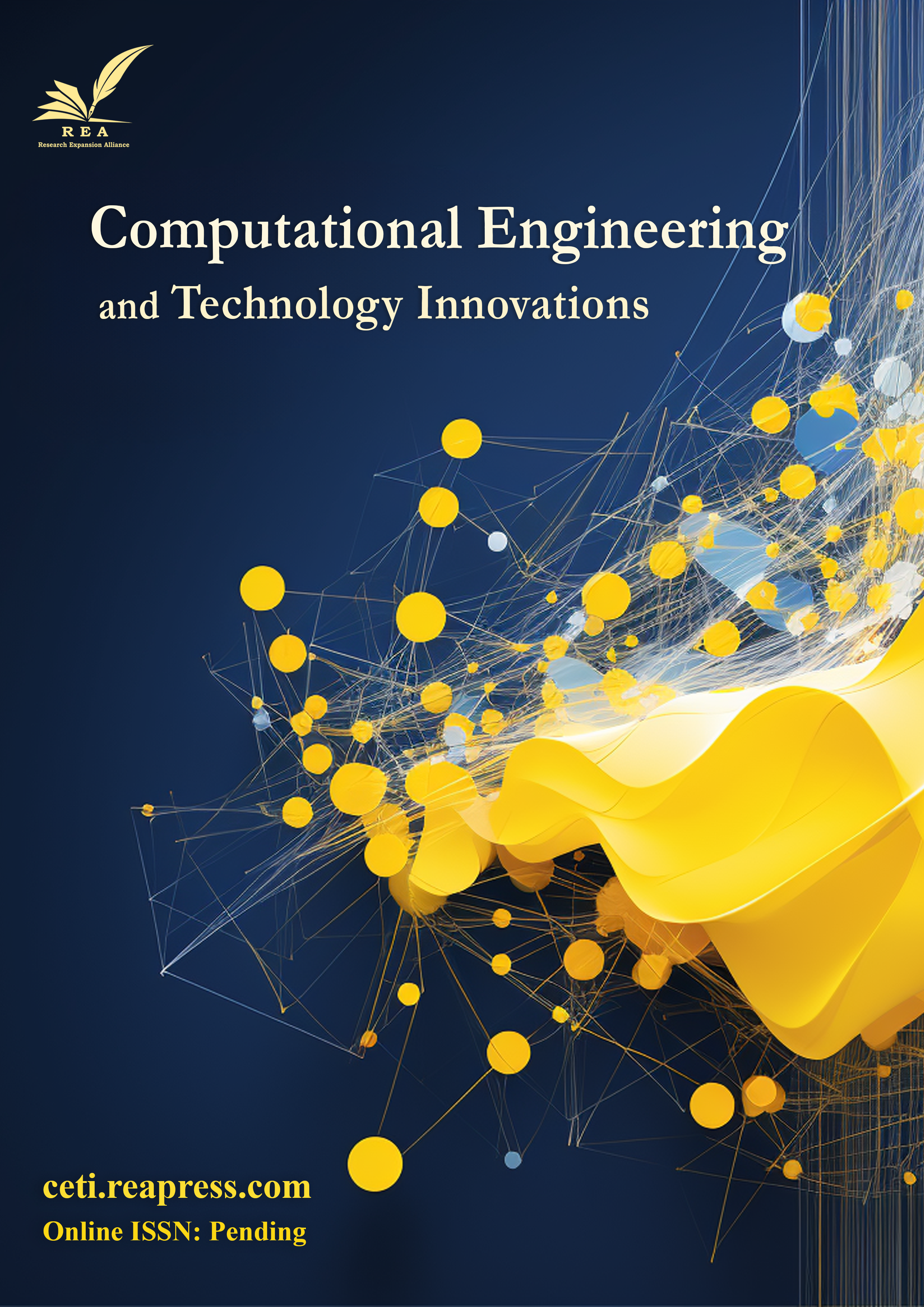Currency Notefor Visually Challenged People through Voice Message
Abstract
In present digital world, to get survive there is a need for an independent life, in case of visually challenged people who face lot of problems in their day-to-day life. They feel very strange when they are new to an environment. Visual information is the basic need to do a task, so visually challenged people get struggle because necessary information about the environment is not available for them. With the advanced technology, we can support the people who are visually challenged. This project is proposed to support those people who are visually challenged. Using spectacles currency image is captured, this captured image is sent to the mobile application, then using the deep learning and machine learning algorithm currency is recognized, then it compares the captured currency Features with the already trained data set, After Recognizing it passes the information of the recognized currency by assisting them through voice command. This is more efficient in which visually challenged people able to do payments in Supermarkets, Shopping malls and all other sectors with the help of technology.
Keywords:
Visually challenged, Mobile application, Currency image, Deep learning, Assisting through voice commandReferences
- [1] Semary, N. A., Fadl, S. M., Essa, M. S., & Gad, A. F. (2015). Currency recognition system for visually impaired: egyptian banknote as a study case. 2015 5th international conference on information & communication technology and accessibility (ICTA) (pp. 1–6). IEEE. https://doi.org/10.1109/ICTA.2015.7426896
- [2] Felix, S. M., Kumar, S., & Veeramuthu, A. (2018). A smart personal ai assistant for visually impaired people. 2018 2nd international conference on trends in electronics and informatics (ICOEI) (pp. 1245–1250) IEEE. https://doi.org/10.1109/ICOEI.2018.8553750
- [3] Jyothi, C. R., SundaraKrishna, Y. K., & SrinivasaRao, V. (2016). Paper currency recognition for color images based on artificial neural network. 2016 international conference on electrical, electronics, and optimization techniques (ICEEOT) (pp. 3402–3406). IEEE. https://doi.org/10.1109/ICEEOT.2016.7755335
- [4] Krishnan, K. G., Porkodi, C. M., & Kanimozhi, K. (2013). Image recognition for visually impaired people by sound. 2013 international conference on communication and signal processing (pp. 943–946). IEEE. https://doi.org/10.1109/iccsp.2013.6577195
- [5] Yousry, A., Taha, M., & Selim, M. M. (2018). Currency recognition system for blind people using ORB algorithm. The international arab journal of information technology, 5(1), 34–40. https://B2n.ir/pg3209
- [6] Sabab, S. A., & Ashmafee, M. H. (2016). Blind reader: an intelligent assistant for blind. 2016 19th international conference on computer and information technology (ICCIT) (pp. 229–234). IEEE. https://doi.org/10.1109/ICCITECHN.2016.7860200
- [7] Jabnoun, H., Benzarti, F., & Amiri, H. (2014). Object recognition for blind people based on features extraction. International image processing, applications and systems conference (pp. 1–6). IEEE. https://doi.org/10.1109/IPAS.2014.7043293
- [8] Bagwan, S. M. R., & Sankpal, L. J. (2015). VisualPal: a mobile app for object recognition for the visually impaired. 2015 international conference on computer, communication and control (IC4) (pp. 1–6). IEEE. https://doi.org/10.1109/IC4.2015.7375665
- [9] Laavanya, M., & Vijayaraghavan, V. (2019). Real time fake currency note detection using deep learning. The international journal of engineering and advanced technology (IJEAT), 9(1S5), 95–98. 10.35940/ijeat.A1007.1291S519
- [10] Tian, F., & Shi, P. (2014). Image mosaic using orb descriptor and improved blending algorithm. 2014 7th international congress on image and signal processing (pp. 693–698). IEEE. https://doi.org/10.1109/CISP.2014.7003867
- [11] Yi-bo, L., & Jun-Jun, L. (2011). Harris corner detection algorithm based on improved contourlet transform. Procedia engineering, 15, 2239–2243. https://doi.org/10.1016/j.proeng.2011.08.419
- [12] Garc’ia-Lamont, F., Cervantes, J., & López, A. (2012). Recognition of Mexican banknotes via their color and texture features. Expert systems with applications, 39(10), 9651–9660. https://doi.org/10.1016/j.eswa.2012.02.132


